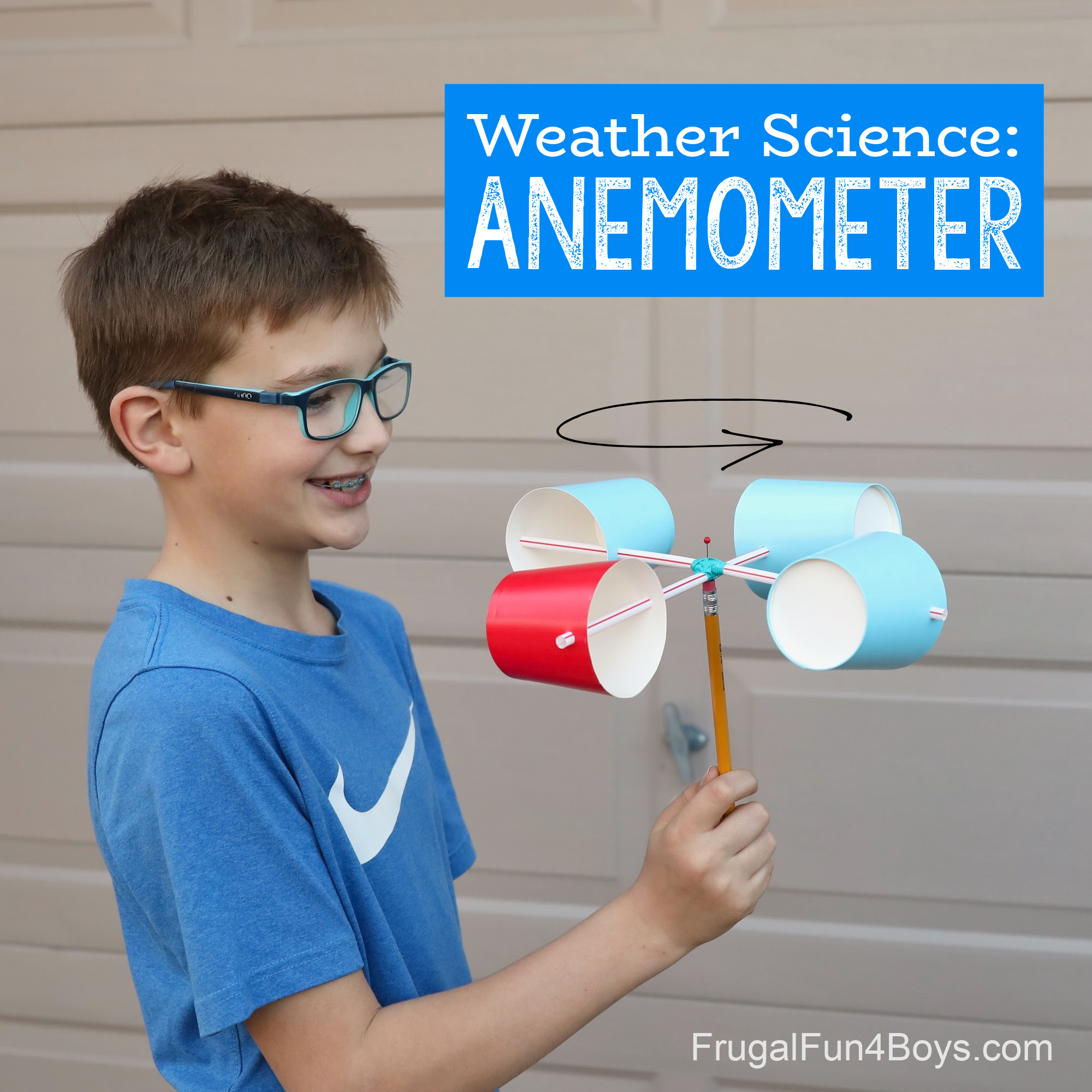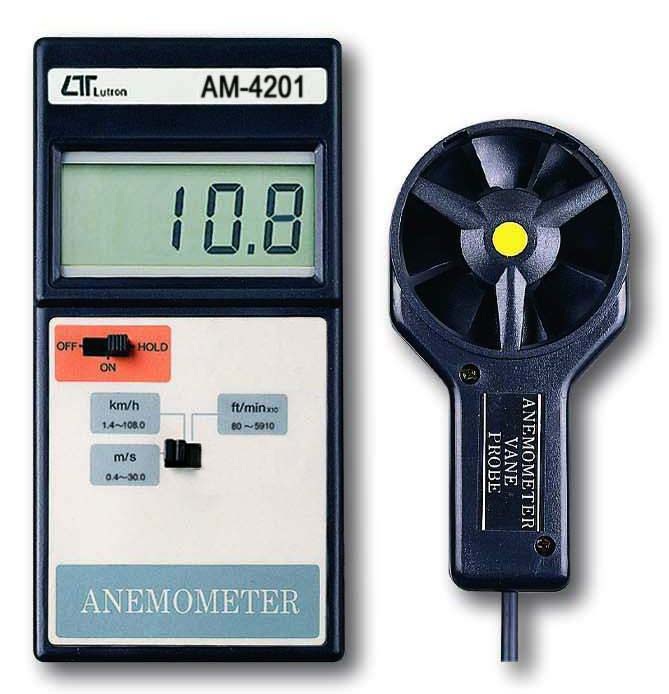Discovering the Features and Benefits of Anemometers for Climate Lovers and Specialists
From cup anemometers to sonic anemometers, each type brings its unique collection of benefits and applications, shedding light on numerous elements of atmospheric conditions. As we dive right into the features and benefits of anemometers, a deeper understanding arises not just of dominating climate sensations but likewise of the broader effects for fields like wind power manufacturing and ecological study.
Relevance of Anemometers in Weather Condition Tracking
Anemometers play a vital role in climate monitoring by offering precise dimensions of wind speed, aiding in forecasting and understanding weather condition patterns. These instruments, ranging from typical cup anemometers to modern ultrasonic anemometers, are essential for meteorologists, scientists, and weather condition fanatics alike.

Types of Anemometers and Their Applications
With the vital role anemometers play in weather monitoring and forecasting, recognizing the different kinds of these instruments and their applications comes to be necessary for experts and fanatics in the area. The most usual sorts of anemometers include mug anemometers, vane anemometers, hot-wire anemometers, and ultrasonic anemometers. Cup anemometers consist of three or 4 cups placed on straight arms that rotate with the wind, gauging its speed. Vane anemometers, on the various other hand, make use of an easily rotating vane to straighten with the wind direction, providing both wind rate and direction dimensions. Hot-wire anemometers operate based on the concept of convective heat transfer, where the cooling impact of the air flow is gauged to establish wind speed. Ultrasonic anemometers make use of ultrasonic acoustic wave to calculate wind rate and direction precisely.
Cup anemometers are robust and ideal for basic weather monitoring, while vane anemometers are favored for directional measurements. Ultrasonic anemometers are non-intrusive and use high precision, commonly made use of in study and specialized climate monitoring applications.
Advantages of Using Anemometers in Forecasting
In meteorology, the utilization of anemometers offers important advantages for boosting the precision of weather forecasting. Anemometers gauge wind rate and direction, providing crucial information for forecasting weather condition patterns. By integrating wind data right into projecting models, meteorologists can much better recognize the motion of weather condition systems, anticipate adjustments in climatic conditions, and concern a lot more accurate projections.
Additionally, anemometers play a crucial role in assessing possible weather condition risks. Keeping track of wind rates assists forecasters anticipate extreme weather condition occasions such as cyclones, tornadoes, and winter months storms with greater precision. This early caution system allows authorities to release timely signals and carry out necessary safety actions, decreasing the threats description to life and property.
Furthermore, anemometers aid in enhancing renewable resource production. By assessing wind patterns, meteorologists can recognize ideal locations for wind ranches and predict energy result, contributing to the effective generation of wind power.

Anemometers in Wind Power Production
Offered the crucial function anemometers play in giving exact wind data for weather projecting and threat analysis, try here their importance reaches the world of wind energy manufacturing. Anemometers are necessary tools in the area of wind energy, where the measurement of wind speed and direction is vital for establishing the usefulness and performance of wind generator installments. By accurately gauging wind rates at differing elevations, anemometers assist enhance the placement and design of wind turbines to make best use of energy outcome.
In wind farms, anemometers are strategically placed to collect real-time wind see here data that is utilized to examine the prospective energy production of a website. This information is crucial in figuring out the financial viability of wind energy jobs and in forecasting energy generation to ensure grid security. In addition, anemometers help in keeping an eye on wind problems to enhance turbine efficiency, protect against damages from high winds, and guarantee the security of employees working in the vicinity of wind generators.
Enhancing Weather Condition Understanding With Anemometers

Anemometers play an essential role in enhancing our understanding of microclimates. These local climate problems can vary considerably from wider regional projections, making it necessary to have precise data for specific locations. anemometer. By purposefully putting anemometers in numerous places, researchers can gather comprehensive details on exactly how wind acts in different surfaces, metropolitan environments, or bodies of water
Moreover, anemometers add to enhancing weather condition forecasting versions by giving real-time information on wind behavior. This details is specifically beneficial for anticipating severe climate events, maximizing agricultural techniques, and sustaining industries like air travel and maritime navigation. On the whole, anemometers are vital instruments that allow us to dig deeper right into the complexities of weather condition systems, ultimately bring about more better-informed decisions and exact predictions.
Verdict
In final thought, anemometers play a critical role in weather tracking and forecasting by determining wind rate and direction. Anemometers likewise have applications in wind power manufacturing, more highlighting their value in both meteorology and renewable energy industries.
From cup anemometers to sonic anemometers, each type brings its special collection of benefits and applications, losing light on various facets of climatic problems. These tools, varying from traditional cup anemometers to modern ultrasonic anemometers, are vital for meteorologists, scientists, and weather condition fanatics alike. The most usual kinds of anemometers consist of mug anemometers, vane anemometers, hot-wire anemometers, and ultrasonic anemometers. Cup anemometers are robust and appropriate for general weather condition surveillance, while vane anemometers are favored for directional measurements. Anemometers are vital instruments in the field of wind power, where the dimension of wind rate and instructions is crucial for figuring out the expediency and performance of wind generator setups.
Comments on “Leading Features to Try To Find in a Reliable Anemometer for Accurate Wind Dimension”